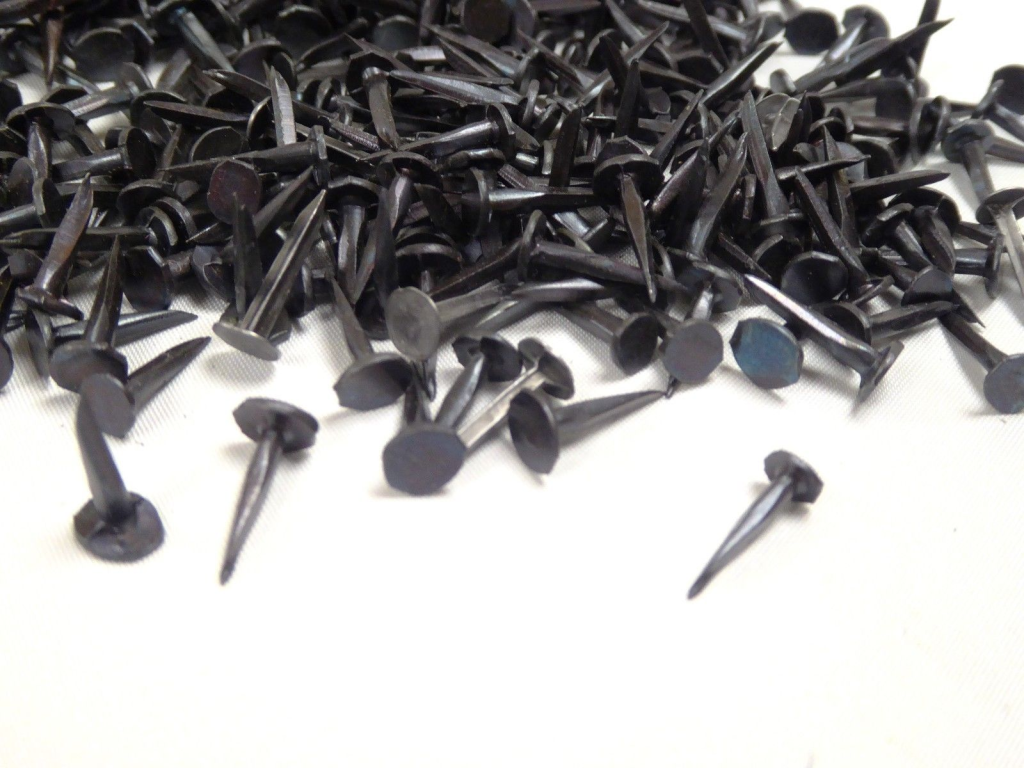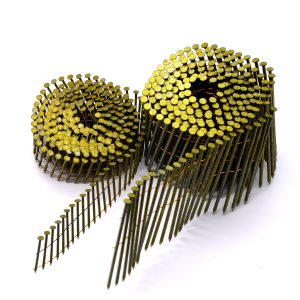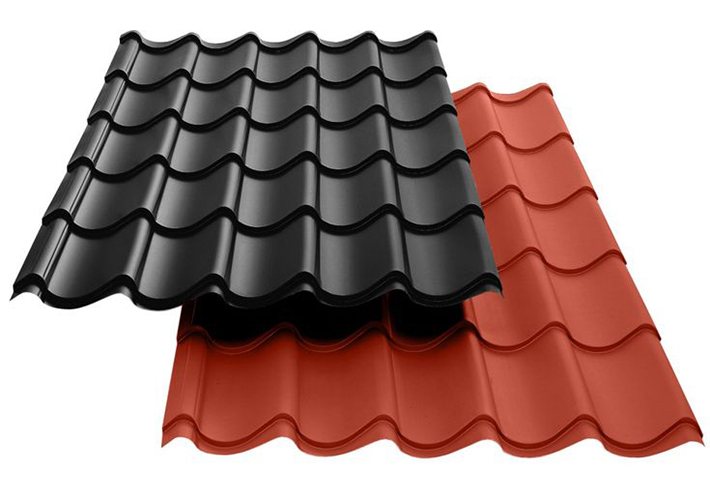Tacks and nails are both types of fasteners used in construction, woodworking, and various DIY projects, but they differ in several key aspects:

Materials and Coatings
- Tacks: Often made from softer metals like brass, copper, or steel, and sometimes coated or painted to provide a decorative finish. Upholstery tacks, for instance, might have a decorative head.
- Nails: Typically made from harder metals such as steel, stainless steel, or aluminum. They may be coated or galvanized to prevent rust and increase durability. Some nails have specialized coatings to increase holding power (e.g., vinyl-coated or cement-coated).
Specific Types and Uses
NAILS & SCREW
Elevate Your Projects with the Right Fasteners. Discover our extensive range of screws, anchors, and nails, perfect for everything from hanging pictures to building decks.
View MoreTacks
- Upholstery Tacks: Used in furniture making to attach fabric to wooden frames. They often have decorative heads and come in various styles and finishes.
- Thumb Tacks: Small tacks with a broad, flat head, used for temporary fastening of papers or notes to a bulletin board. They are easily pushed in and pulled out by hand.
- Carpet Tacks: Used to secure carpets to floors or tack strips. They are small but have a strong grip to hold the carpet in place.
- Drawing Tacks: Similar to thumb tacks but usually have a shorter shank and a larger, flatter head for ease of removal.
Nails
- Common Nails: Have a thick shank and flat head, used for rough construction work like framing and joining heavy timber.
- Box Nails: Thinner than common nails, used in lighter construction and box-making where splitting the wood is a concern.
- Finishing Nails: Have small heads that can be countersunk below the wood panel and then filled, used in finish carpentry where a smooth, clean appearance is desired.
- Brad Nails: Very thin and small nails used for fine woodworking and trim work. They provide a strong hold without splitting delicate materials.
- Roofing Nails: Have a large, flat head and a short shank, used for attaching roofing materials such as shingles. The large head prevents tearing through the material.
- Masonry Nails: Made from hardened steel, these are used for nailing into concrete or brick.
Holding Power and Application Methods
- Tacks: Designed for easy application and removal. Due to their shorter length and wider head, they do not penetrate deeply, making them less suited for high-stress applications. The wide head also helps distribute pressure over a larger area, reducing the likelihood of material damage.
- Nails: Require more force to drive in, either with a hammer or nail gun. They penetrate deeply into the material, providing a stronger, more permanent hold. The variety in size and type allows nails to be used in many applications, from delicate trim work to heavy-duty framing.
Head and Shank Variations
- Tacks: Generally have a simple, wide head for easy installation. The shank is often smooth but can be textured or barbed to increase holding power.
- Nails: Come with a variety of head and shank designs to suit different tasks:
- Smooth Shank: Easier to drive in, used for most general purposes.
- Ring Shank: Rings along the shank provide extra holding power, used in construction and decking.
- Screw Shank: Twisted like a screw, providing maximum holding power and resistance to withdrawal.
- Flat Head: Common for most nails, offering a large striking surface.
- Brad Head: Small and unobtrusive, used where the nail head should not be visible.
Historical and Modern Use
- Tacks: Have been used for centuries in traditional craftsmanship and upholstery. Modern tacks are still used in these areas, as well as in arts and crafts.
- Nails: Have evolved significantly with industrial advancements. Modern nails are manufactured with precision and are essential in construction, carpentry, and manufacturing industries.
Removal
- Tacks: Easily removed using simple tools like tack pullers, pliers, or even by hand. The wide head allows for easy gripping.
- Nails: Typically removed with claw hammers, pry bars, or specialized nail pullers. The process can be more challenging, especially if the nail is deeply embedded or has a small head.

Understanding these differences can help in selecting the right fastener for your specific project, ensuring both effectiveness and durability.
For more information about nails, please contact us https://www.sinogrp.com/contact-us/






